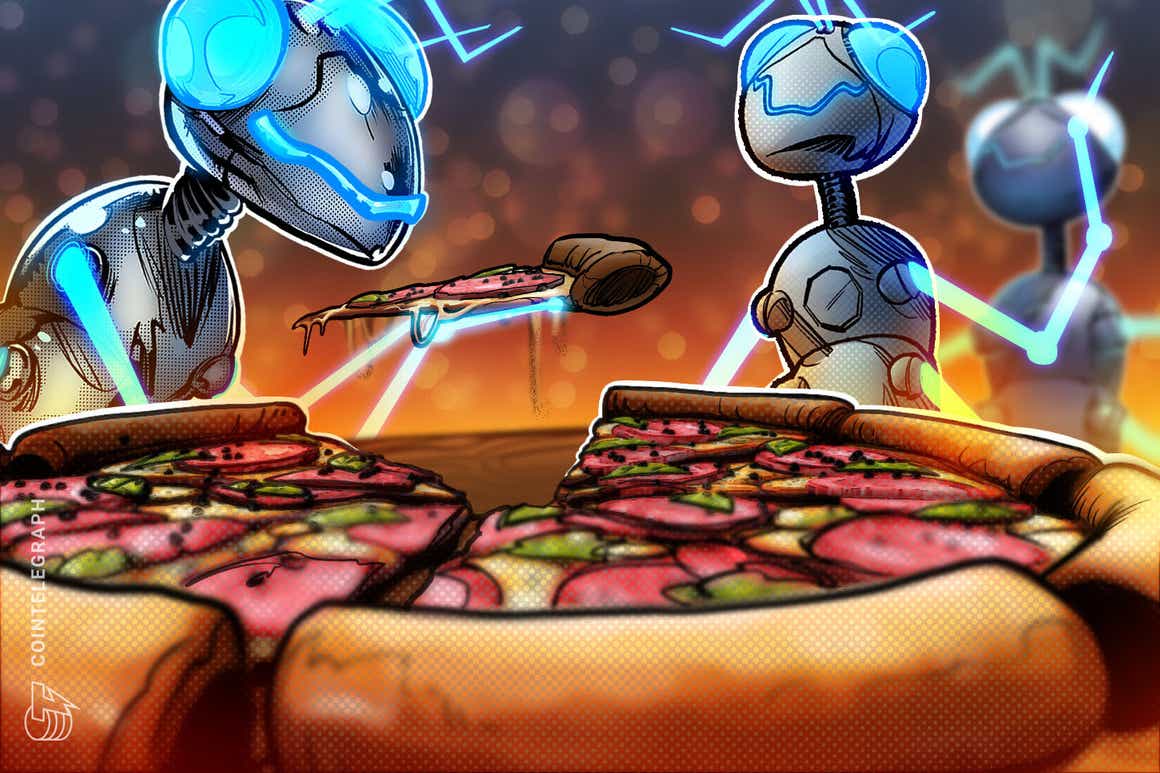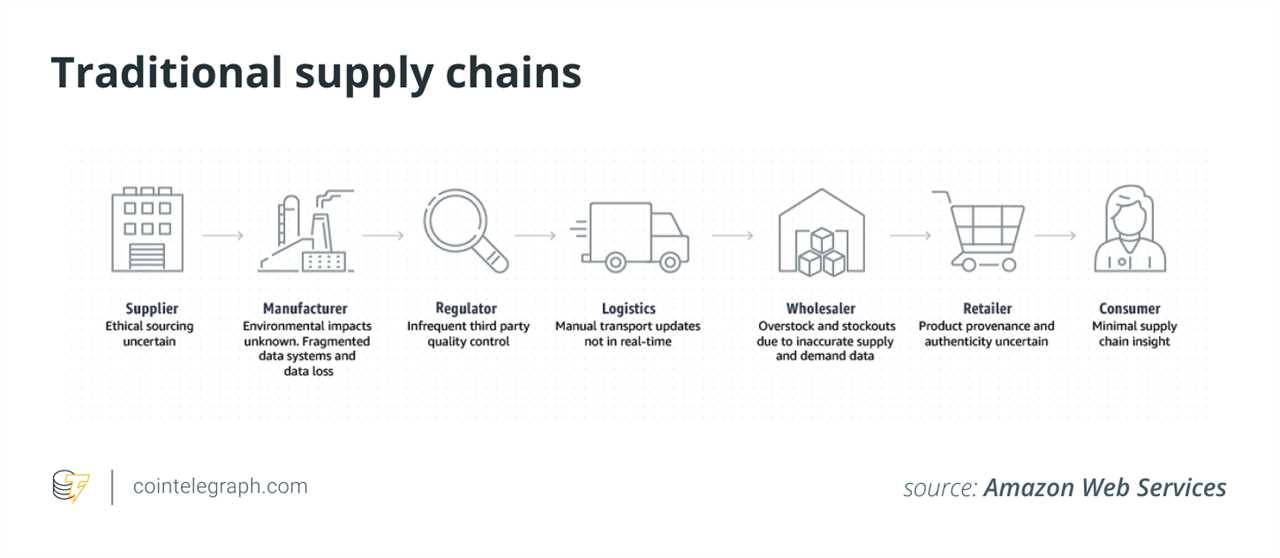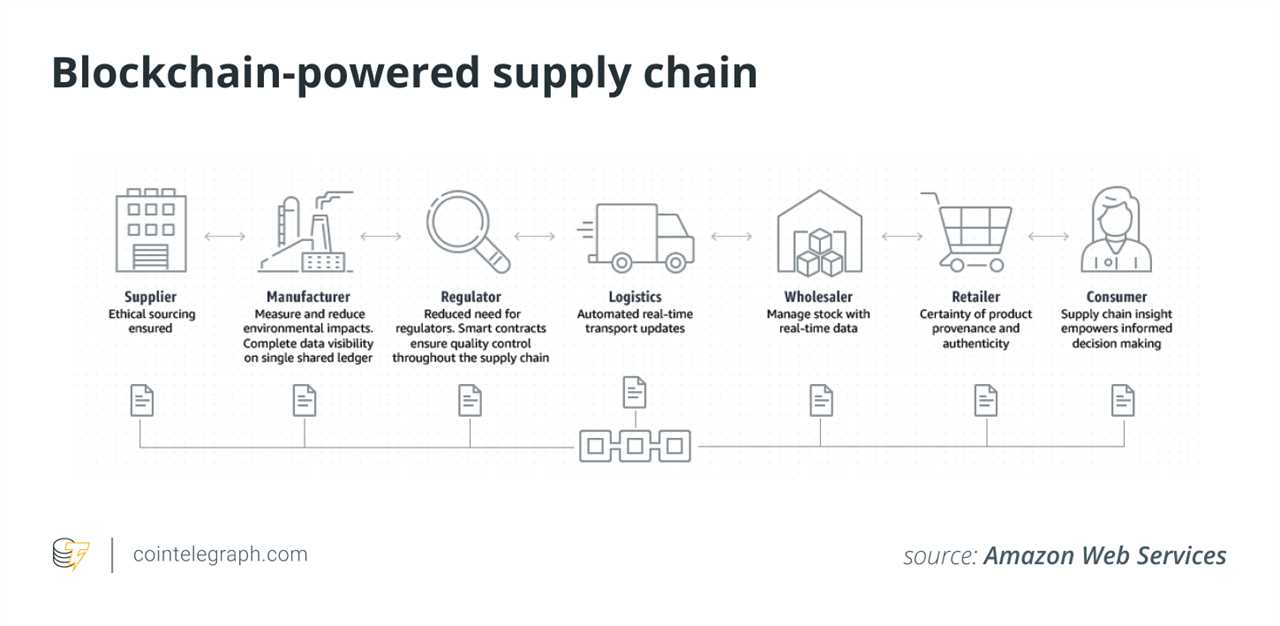
Cryptocurrencies and the food industry might not seem like the most intuitive pairing — one based in the digital realm and the other firmly rooted in the physical. But going back to the earliest days of crypto, the very first real-world use case for Bitcoin (BTC) was food-related. On May 22, 2010, Laszlo Hanyecz enacted the first documented commercial BTC transaction, buying two Papa John’s pizzas for the princely sum of 10,000 BTC.
That day is now enshrined in the crypto calendar as Bitcoin Pizza Day. By itself, the event has ended up becoming an annual celebration with restaurant chains and crypto firms alike taking advantage of the marketing opportunities. However, as well as marking Bitcoin’s debut as a medium of exchange, Bitcoin Pizza Day also kicked off crypto’s relationship with the food sector — one that’s beginning to flourish and is set to solidify further as Web3 and the Metaverse take over.
Crypto’s insatiable appetite for food
Bitcoin Pizza Day notwithstanding, the crypto world has always seemed to embrace food-related fads. A glance through any list of “dead coins” and you’ll find plenty of examples of culinary-sounding tokens, including Baconbitscoin, Onioncoin and Barbequecoin. Pizzacoin even still shows up on Coinmarketcap.
Like most projects that piled onto the initial coin offering (ICO) bandwagon, these tended to be tokens without any underlying tech to support them. However, the advent of the DeFi era brought a fresh batch of food-related protocols to the table, many of which thrive to this day — SushiSwap and PancakeSwap being the most obvious examples.
Related: When and why did the word ‘altcoin’ lose its relevance?
Names aside, over the years between the ICO craze and the bull market of 2021, there’s been plenty of other development at the convergence of blockchain, crypto and the food sector. Food traceability is one area that’s proven to be ripe for disruption. Solutions such as IBM’s Food Trust are often associated with groceries, such as Nestlé and Carrefour, but the company has also worked with a chain of seafood restaurants in California to bring more transparency to the origins and treatment of its menu items before they reach the table.


However, it’s in the customer relationship where blockchain and cryptocurrencies come into their own for the foodservice industry. Over recent years, and particularly since the COVID-19 pandemic struck, restaurants have found themselves increasingly distanced from their customers, thanks to the rising dominance of platforms like Uber Eats. It’s hardly surprising — the platform model had already upended industries from private transport (Uber) to hotels (Airbnb) to music (Spotify.)
Related: Tracing fishy risks with blockchain tech amid the COVID-19 pandemic
Applied to the restaurant sector, the platform model means that tech firms take over the customer relationship, including the payment process, data handling and loyalty programs. Food operators are squeezed into the background so that their product is the only part that ends up visible to the consumer. Perhaps most damagingly, relying on a platform can increase the price of food by an eye-watering 90%.
Restoring the balance
Blockchain and crypto are now increasingly able to restore the balance by facilitating a direct connection between restaurants and their customers. A blockchain-based marketplace for food operators provides a similar, user-friendly one-stop shop to find a variety of menu choices but allows the customer and restaurateur to interact freely, with merchants having full autonomy over their menus, prices and terms. This means that consumers pay merchants directly, without playing into the hands of a controlling third party. Rather, third parties function as infrastructure providers for restaurateurs and food shops, giving them the tools to run their online shop on their merit.
However, the ecosystem at present is still only at a fraction of its full potential, which will come into its own as the shift into the Metaverse picks up pace.
Food in the Metaverse? Surely there’s no place for activities like eating that are so firmly anchored in the real world? Digital consumption has its limits. But as we live out more and more of our lives in the digital sphere, the food industry will invariably move with the times.
Related: Why are major global brands experimenting with NFTs in the Metaverse?
So how will foodservice operators exist in the Metaverse?
A richer culinary experience
The answer is: they already are, at least in some cases. For Halloween, U.S. restaurant chain Chipotle opened a virtual restaurant for Roblox players. Users who entered the restaurant had a spooky, Halloween-themed experience and then received a promo code for a free burrito in the real world.
Largely, the progression of food service into the Metaverse will be a continuation of a digitization journey that’s already begun. Along with the platform model taking over food delivery and takeout, it’s also increasingly common to begin the restaurant experience online by researching options using Google or TripAdvisor. You might visit a restaurant’s website to look at the menu or see pictures or even videos of meals and the restaurant itself. Imagine watching your team play a virtual big game and seeing ads around the stadium for all the places you can eat afterward, just like in the physical stadium now.
Related: Fasten your seatbelt: Crypto’s impact on marketing has only just begun
Once the match has finished and you’re hungry for some takeout, you take your avatar down to a virtual street food market where you can check out the various operators and their menus, which are represented as virtual dishes. When you’re ready to order, you pay instantly with crypto, and voila! Your meal arrives at your door in real life within the next half an hour.
Or let’s say you want to impress someone special in your life with a nice meal at a high-end restaurant. You could choose your venue and even your table based on a virtual tour. You can even chat with virtual chefs about the preparation and ingredients of a particular dish or browse the wine menu with a virtual sommelier advising you on your meal pairing choices.
A smorgasbord of opportunities
All these scenarios are imagined only from the customer side — from the restaurant side, the opportunities are vast. For instance, if someone books a table after a virtual tour, the restaurant could request a booking deposit to be made in crypto using an escrow system based on smart contracts. This would protect against one of the biggest issues in the restaurant industry — no-show bookings. If the person doesn’t show, the smart contract simply transfers the funds in escrow to the restaurant.
The food service industry hasn’t necessarily benefited from how the digital shift has unfolded so far. However, blockchain and crypto offer a chance to restore the relationship between food merchants and customers. Beyond that, the Metaverse is poised to create unparalleled new value for the entire sector.
This article does not contain investment advice or recommendations. Every investment and trading move involves risk, and readers should conduct their own research when making a decision.
Title: How can the Metaverse help the food industry?
Sourced From: cointelegraph.com/news/how-can-the-metaverse-help-the-food-industry
Published Date: Sat, 29 Jan 2022 06:52:24 +0000
Did you miss our previous article...
https://trendinginthenews.com/crypto-currency/trezor-removes-controversial-address-verification-protocol-other-wallets-follow-suit-






